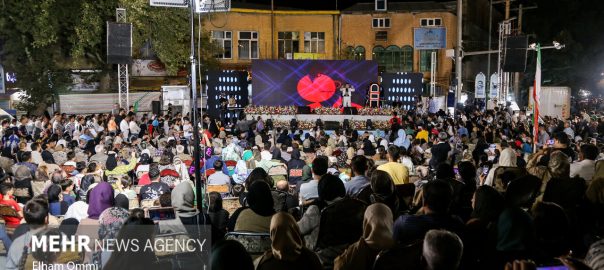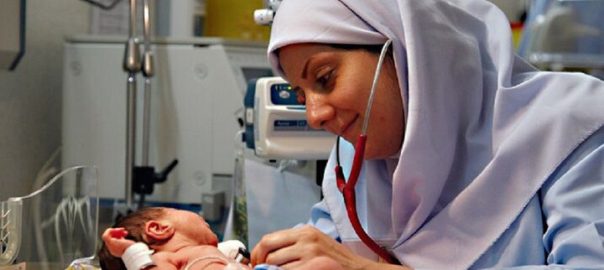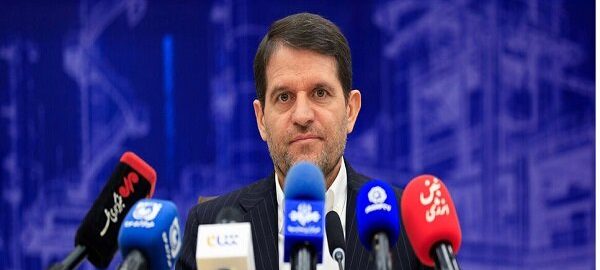Defying international sanctions, Iran has achieved a groundbreaking milestone in its industrial sector with the launch of the ADAK 150AC, a fully electric, 150-ton mining dump truck designed and manufactured inside the state.
This accomplishment is more than just a technical milestone. It embodies a strategic national effort to achieve self-sufficiency in heavy machinery and end reliance on costly foreign imports and their fragile support systems.
Guided by the principles of Iran’s “Resistance Economy” and inspired by the vision of Leader of the Islamic Revolution Ayatollah Seyyed Ali Khamenei to replace oil with mining as the backbone of the national economy, the ADAK 150AC is the result of meticulous reverse engineering, collaborative expertise, and determined political resolve.
Developed by Gohar Sanat Adak Gostar Company, the truck represents a fully integrated ecosystem of innovation, from a 100 percent indigenous control system to a powerful regenerative braking mechanism, designed to deliver reliable, cost-effective, and environmentally sustainable technology to the country’s mines.
This is the story of how Iran transformed a critical vulnerability into a sovereign strength, paving the way to a redefined industrial future.
The ADAK 150AC truck’s specifications
The ADAK 150AC marks a monumental leap in Iran’s domestic industrial capabilities. This fully electric, 150-ton mining dump truck has been meticulously engineered to eliminate the country’s historical reliance on foreign machinery and the notoriously unreliable support networks that accompany it.
Built for the most demanding deep-pit mining operations, the ADAK 150AC is designed to replace outdated, inefficient, and costly diesel-powered trucks with a modern, environmentally conscious, and economically superior alternative.
At the heart of its innovation lies a sophisticated, fully indigenous AC electric drive system, a technological marvel that eliminates traditional mechanical components like gearboxes and differentials. This design drastically reduces potential points of failure and minimizes the extensive downtime typically associated with maintaining such complex equipment.
The truck’s 100 percent localized control and monitoring system is arguably the project’s crowning achievement. This intricate network of hardware and software functions as the truck’s central nervous system, processing vast amounts of data to manage traction, regulate speed on steep inclines, and maintain operational stability under a full 150-ton load.
ADAK 150AC hauler puts Iran among global trucking giants
The system incorporates a highly efficient regenerative braking mechanism, a critical feature that captures kinetic energy during descents or deceleration and converts it back into electrical energy to recharge the onboard power bank. This innovation significantly enhances overall energy efficiency and lowers the operational cost per ton of material moved.
Choosing a power bank over a fixed cable connection provides unparalleled operational flexibility, enabling the truck to move freely throughout a mine site. These power banks can be charged using clean energy sources such as solar power, aligning the vehicle with global environmental, social, and governance (ESG) standards and supporting the national directive for green steel production.
The chassis and load-bearing structures have been rigorously designed and tested for maximum strength and durability, ensuring they can withstand the extreme stresses of a fully loaded 150-ton truck while navigating harsh and unpredictable mining terrain. This guarantees both structural integrity and operator safety.
Beyond its mechanical and electrical innovations, the ADAK 150AC is the product of a uniquely collaborative national effort. A consortium of domestic knowledge-based companies contributed specialized expertise in advanced metallurgy, power electronics, and software engineering, ensuring that every component, from the smallest sensor to the largest structural beam, is designed and manufactured entirely within Iran.
This approach has not only secured the truck’s technical specifications but also created a wide ecosystem of technological spin-offs.
Advanced systems developed for the ADAK 150AC, particularly in power management, high-torque electric motors, and robust data acquisition, are already being adapted for other industrial applications, including locomotives and marine vessels, multiplying the project’s national impact far beyond a single vehicle.
The design philosophy prioritizes operational resilience and ease of maintenance, directly addressing a long-standing bottleneck in Iranian mines: the failure of a single imported circuit board could previously halt a multi-million-dollar operation for months.
With a fully domestic system, any malfunctioning vehicle can now be restored within a single day, fundamentally transforming mine planning and productivity.
Field tests, which began in early August 2025, represent the final validation phase for these specifications. They rigorously evaluate real-world performance metrics, including traction on steep slopes, the efficiency of the regenerative braking system, overall energy consumption, and structural durability under full load.
Data from these trials will inform final adjustments before mass production, slated to begin in the second half of the year, with 51 units scheduled for deployment over the next three years.
The ADAK 150AC truck’s development
The development of the ADAK 150AC is a compelling story of national ambition, strategic reverse-engineering, and collaborative achievement.
It began in the second half of 2021 with the establishment of Gohar Sanat Technical Engineering Company, founded with a clear mandate to address a critical vulnerability in Iran’s mining sector.
The project officially launched at the start of 2022 with the ambitious goal of designing a 150-ton electric dump truck from the ground up.
This initiative was driven by the Leader of the Islamic Revolution’s vision of making mining, rather than oil, the cornerstone of Iran’s sustainable economic development, as well as the principles of the “Resistance Economy,” which emphasize localization, domestic production, and complete independence from foreign entities.
ADAK 150AC hauler puts Iran among global trucking giants
In a masterstroke of pragmatic engineering, Gohar Sanat simultaneously acquired, renovated, and operated eight American TEREX MT3300-AC 150-ton dump trucks.
These vehicles served as real-world laboratories, allowing the team to meticulously monitor, analyze, and decode a vast array of electrical signals and mechanical performance data over more than a year.
This hands-on approach provided invaluable empirical knowledge, enabling the team to deconstruct foreign technology and significantly de-risk the indigenous design process by avoiding potential dead ends and rework.
By the end of 2022, the intensive design phase was complete, allowing the company to move swiftly into procurement and manufacturing by early 2023.
Key contracts were signed with a network of domestic knowledge-based companies and research partners to produce the specialized components required for a planned run of 51 units over three years.
The company’s growing stature and alignment with national industrial goals were publicly recognized in April 2023, when it was honored as a Provincial Model Working Group and National Model Unit at the 34th National Festival of Appreciation for Labor and Production Elites.
This award celebrated the early progress on the 100% indigenous control system and the truck’s design.
By October 2023, Gohar Sanat showcased its programs and prototypes at the prestigious Minex 2023 exhibition in Tehran, presenting its progress to industry leaders and government officials from the Ministry of Industry, Mines, and Trade.
The display marked the project’s transition from theoretical concept to tangible reality.
The most significant technological breakthrough occurred in October 2024 at the Zanjan International Exhibition with the unveiling of the fully localized control and monitoring system for mining dump trucks.
This milestone liberated Iranian mines from the prolonged and costly downtime caused by failures in imported system boards, which previously had to be sourced from Africa or Australia and were often incompatible with existing setups. The new system now offers a domestic repair capability with a turnaround time of less than 24 hours.
The unveiling also formally marked the start of manufacturing the ADAK 150AC itself, shortly after a memorandum of understanding was signed to import similar trucks from Belarus, a clear statement of the company’s commitment to achieving self-sufficiency.
In January 2025, the project received the highest endorsement when Leader of the Islamic Revolution visited Gohar Sanat’s booth at the “Pioneers of Progress” exhibition, emphasizing the national strategic importance of replacing oil with mining and producing green steel using electrically powered machinery charged with clean energy.
In March 2025, engineer Abolfazl Mahiapourlari, a member of Gohar Sanat’s technical team, was honored as the youngest top researcher in mechanical engineering for 2024 at an awards ceremony in Sirjan County, recognizing his significant contributions to both research and professional work.
The company’s accolades continued in May 2025 when it received the special prize for Best National Brand in Localizing Mining Equipment at the 6th Hatam National Festival.
This award recognized the successful design of the ADAK 150AC and highlighted its symbolic value as a beacon of national capability.
ADAK 150AC hauler puts Iran among global trucking giants
The methodical and collaborative development of the ADAK 150AC reached its most critical phase in early August 2025, when the first prototype began rigorous field testing.
These trials evaluated the truck’s electric propulsion, braking, and structural performance, marking the final step before the planned mass production launch in the second half of the year.
This milestone concluded a four-year journey, transforming a strategic concept into a fully operational, world-class mining vehicle, born entirely from Iranian expertise and determination.
Global comparisons: Ultra-class haul trucks
The global market for ultra-class haul trucks, vehicles with payload capacities of at least 150 tons, is dominated by a handful of established industrial giants, alongside emerging manufacturers such as Iran’s Gohar Sanat.
Most modern ultra-class trucks now utilize electric drives, typically in a diesel-electric configuration, where a diesel engine powers a generator that feeds electricity to wheel-mounted electric motors.
This approach offers substantial advantages over traditional mechanical drives, including improved traction control, superior retarding on declines, higher availability due to fewer mechanical components, and lower cost per ton hauled over the vehicle’s lifetime.
Key players in the global market
Caterpillar Inc. (US): A historic leader, known for its mechanical-drive trucks like the 797F and newer electric-drive models. Caterpillar trucks are celebrated for their durability and extensive global support network, making them a mainstay in major mining operations.
Komatsu Ltd. (Japan): Through strategic acquisitions, Komatsu has become a major competitor with models like the 930E and 980E, featuring advanced AC drive systems and strong reliability, reflecting deep expertise in large-scale mining logistics.
BelAZ (Belarus): A state-owned industrial champion, BelAZ is globally recognized for producing the world’s largest dump truck, the 75710, with a 450-ton payload, symbolizing post-Soviet industrial capability and serving markets across Eastern Europe and Asia.
Liebherr (Switzerland/Germany): Known for its innovative diesel-electric T 284 and T 264 models, Liebherr competes directly with Caterpillar and Komatsu, emphasizing engineering excellence and pioneering technology in haul trucks.
Hitachi Construction Machinery (Japan): Offers reliable rigid-frame electric-drive trucks such as the EH4000AC-3, combining high performance with the conglomerate’s engineering expertise.
Chinese Manufacturers: Companies like XCMG (Xuzhou Construction Machinery Group) and SANY have rapidly developed large-capacity trucks, such as the XCMG XDE440 and SANY SET360S, leveraging domestic demand and government support to close the technological gap and begin exporting globally.
The ADAK 150AC positions Iran within this elite class of ultra-class haul trucks, representing not only a leap in domestic industrial capability but also the potential to compete with international leaders in a strategically critical sector.
ADAK 150AC hauler puts Iran among global trucking giants
Other significant players include BEML (Bharat Earth Movers Limited, India), which serves India’s substantial domestic mining sector with models like the BH150 and BH205, and Kress Corporation (US), which has carved out a niche with its specialized slanted-body, bi-directional haulers designed for applications such as feeding mobile crushers.
Unlike all other major manufacturers, Iran’s industrial development has occurred under the unique constraints of comprehensive American and Western sanctions.
While global competitors can freely source and exchange components on the international market, Iran has been compelled to innovate entirely through domestic capabilities, achieving complete technological self-reliance.
The significance of Iran’s success
Ultra-class haul trucks are critically important for Iran because they provide the high-capacity equipment necessary to efficiently and economically extract its vast mineral resources, valued at approximately $770 billion. This equipment is a cornerstone of the national strategy to achieve self-sufficiency, overcome sanctions, and transition from an oil-dependent economy to one powered by mining.
The strategic importance of these trucks is underscored by the fact that precise, real-time production figures are considered highly sensitive proprietary information. Companies like Caterpillar, Komatsu, and Liebherr treat their sales and production data as key competitive intelligence, releasing only aggregate financial results rather than model-specific volumes.
The market for ultra-class trucks is a true niche. Total global annual production of these vehicles is estimated at only a few hundred units per year under normal conditions.
Production occurs in batches, typically in response to large fleet orders from major mining conglomerates such as BHP, Rio Tinto, Vale, and Glencore.
A single order might comprise 10-30 trucks to equip a new pit or replace an aging fleet, representing a substantial portion of a manufacturer’s annual output for that model.
Demand is highly cyclical, surging during periods of high commodity prices when miners expand operations and plunging during downturns when capital expenditures are cut first.
Chinese manufacturers like XCMG and SANY are increasingly capturing the domestic Chinese market, the world’s largest mining market, but their export volumes for ultra-class models outside Asia and Africa remain limited compared to established global leaders.
BelAZ aligns its production primarily with the CIS mining industry and politically allied markets, causing output to fluctuate based on specific economic and geopolitical factors.
Iran’s independent production of 17 units per year during the first three years is expected to cover domestic demand fully, with the potential for future exports of these multi-million-dollar trucks.
This milestone represents not only a technological achievement but also a strategic leap in national industrial self-sufficiency.
PressTV / MNA

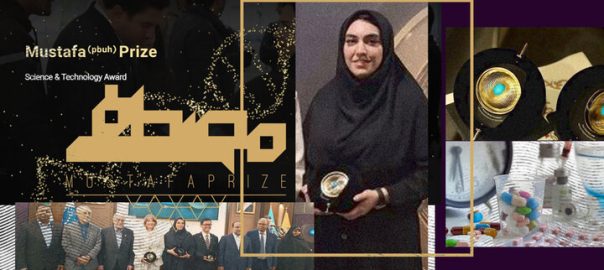

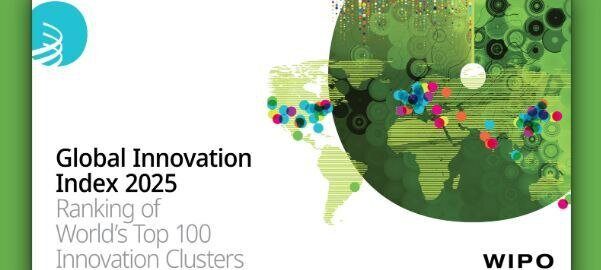
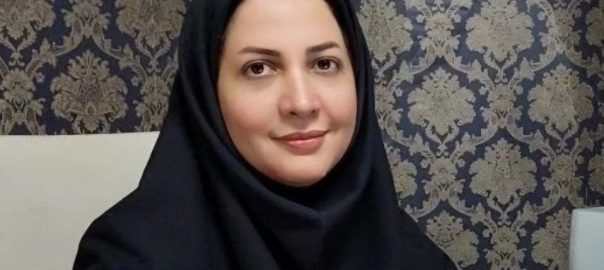


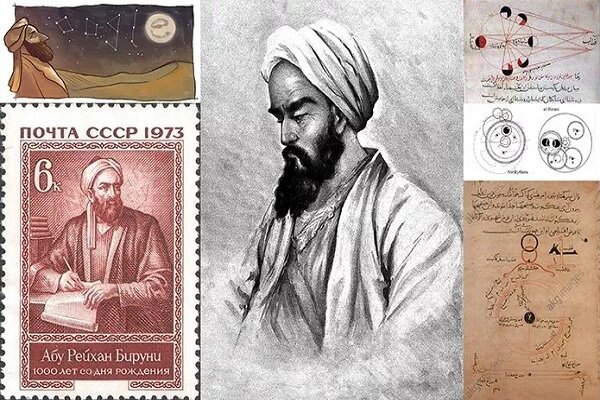 How an 11th-century polymath lights path for 21st-century global dialogue
How an 11th-century polymath lights path for 21st-century global dialogue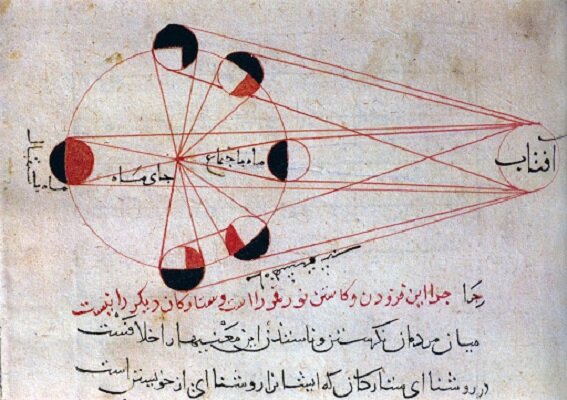 Al-Biruni’s Lesson for the 21st Century
Al-Biruni’s Lesson for the 21st Century